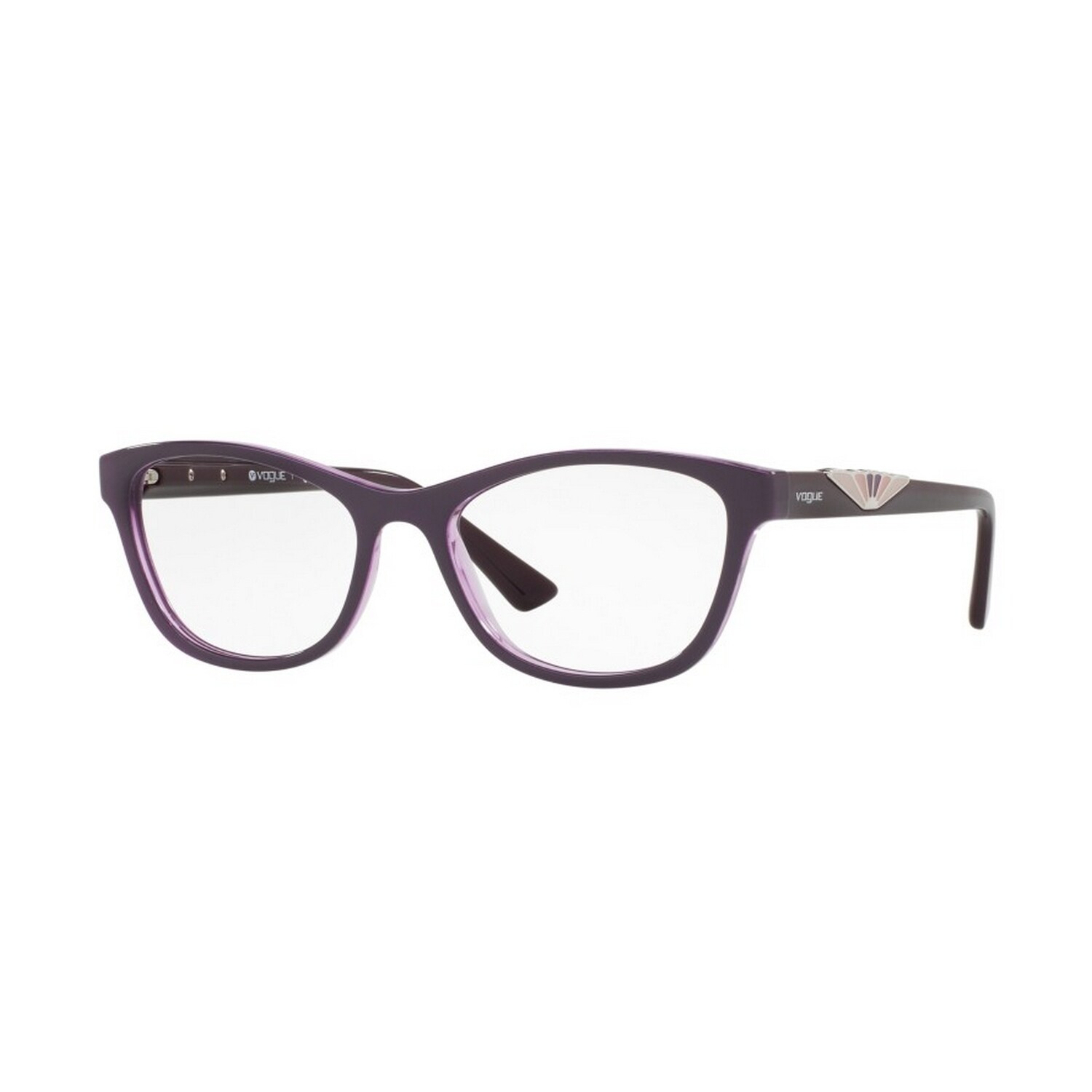
The original cat eyeglasses of the 50s and 60s were exaggerated in shape and often had small lenses that were upturned towards the outside of the face. Whilst the frame stayed in manufacture it was no longer the dominant silhouette on the street and throughout the 90s and early noughties, they became associated with your Grandma's frame as opposed to being fashion-forward! Previous to Breakfast at Tiffany's, winged-out glasses had been worn by Hollywood starlets such as Marilyn Monroe, Grace Kelly, and Elizabeth Taylor, but throughout the 60s the style was more accessible to a larger amount of women through the addition of tinted lenses.Īfter the surge in popularity of the 60s, throughout the 70s the eyewear world was getting shuck up by funky large square and circular designs made famous by Jackie O. Sophisticated, feminine, romantic, and seductive all in one this larger silhouette opened up the cat-eye design to a whole new audience thanks to the addition of tinted lenses. The cat-eye glasses frame was now number one.
#Purple cateye glasses frames movie#
When Audrey Hepburn's character Holly Golightly wore the large tortoiseshell oversized cat-eye "Manhattan" glasses by Oliver Goldsmith in the movie "Breakfast At Tiffany's" that was it. These glamorous glasses could even incorporate rhinestones and gems. Worn by the idolized Marilyn Monroe, these iconic glasses featured an upsweep at the top of the frame and were available in a variety of styles. Cat-eye shaped eyeglasses made waves in the 1950s.
#Purple cateye glasses frames professional#
Eyewear companies started to truly cater to the market for feminine frames adding stylistic touches such as diamante, gold stars and elaborate flairs to the tips of the frames.Įveryone from movie stars like Marilyn Monroe and Audrey Hepburn, politicians like Shirley Chisholm, professional women and stay-at-home mothers favoured the cat-eye silhouette, which tended to be smaller with a super-exaggerated, upswept flair. Throughout the post-war years, the popularity of the cat-eye frame for prescription lenses soared. Vogue and Life magazines credited Schinasi with revolutionizing the eyewear industry and aesthetics.Īltina exited the eyewear business in the early 40s to continue her other passions including painting, sculpture, film making and the anti-fascist and civil rights movements. In 1939 Altina was awarded the Lord & Taylor Annual American Design Award for her avant-garde transformation of the eyeglass frame into a proper fashion accessory.



Her original shape designs were cut away from the romantic and whimsical harlequin masks worn at ballroom dances at the time and it is from this mask that the cat-eye shape got its first name "Harlequin".Īfter initial scepticism from stores, Altina grew her business substantially over the 1930s as women across America voted with their wallets and purchased these fun, playfully shaped feminine frames. Inspired by the lack of interesting frames for women available in opticians in New York, Altina designed the first prototypes of a more glamorous silhouette. It is during this period in her late 20's that she registered her patent on the Harlequin frame. It was here that she developed a deep passion for the subject, so she changed her choice of college to art school in New York.Īltina graduated and took up work as a window dresser on Fifth Avenue for Peter Copeland, where she would collaborate with the visionary artist Salvidor Dali. Discovery Of The "Harlequin" FrameĪltina Schinasi was born in Manhattan's Upper Westside in 1907, after receiving schooling in the US she made a trip to Paris in her late teens to study art. Since then, we’ve seen the cat-eye on everyone from Barbie, to Marilyn Monroe, Jacqueline Kennedy Onassis, and today’s top fashion influencers. The frame later became a huge trend for sunglasses in the 1960s when Audrey Hepburn famously wore them in the film Breakfast at Tiffany’s. Cat-eye glasses were first created in the 1930s. Nearly a century old, the cat-eye has managed to create its own distinct look each decade.

Today, cat eyes of all sizes are still sunglass staples.Ĭat-eye glasses are one style that has stood the test of time. Cat-eye shades just scream, “I am woman, hear me roar.” Made popular in the ‘50s by glamorous celebs, cat-eye sunglasses add the perfect amount of drama to any look.


 0 kommentar(er)
0 kommentar(er)
